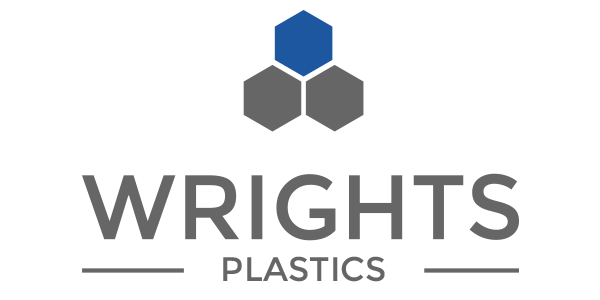Plastic manufacturing processes have been developed to cover a wide range of applications and part geometries. Choosing the best plastic forming process to deliver the finished product to the highest standards at the most cost-effective can be a complicated process. This article attempts to guide you through the decision making process.
Plastics are the most common materials for producing end-use parts and products, for everything from consumer products to medical devices. Plastics are a versatile category of materials, with hundreds of options- all with individual characteristics that make them suitable for different end-uses, each with their own specific mechanical properties. It is unlikely that only one plastic is suitable for any project.
This guide provides an overview of the most common manufacturing processes for producing plastic parts and guidelines to help you select the best option for your application.
How to Choose the Right Plastic Forming Process
Consider the following factors when selecting a the correct plastic forming process for your product:
Lead time: How quickly do you need parts produced? Some processes create first parts within 24 hours, while tooling and setup for certain high volume production processes takes months.
Material: What stresses and strains will your product need to stand up to? The optimal material for a given application is determined by a number of factors. Cost must be balanced against functional and aesthetic requirements. Consider the ideal characteristics for your specific application and contrast them with the available choices in a given manufacturing processes. For more information on the range of usable plastics go here
Form: Do your parts have complex internal features or tight tolerance requirements? Depending on the geometry of a design, manufacturing options may be limited, or they may require significant design for manufacturing (DFM) optimization to make them economical to produce.
Design: Is help required with the design of the part or project? Can value-engineering help deliver improved functionality, increased lifespan and lower costs?
Volume/cost: What’s the total or the annual volume of parts you’re planning to manufacture? Some manufacturing processes have high front costs for tooling and setup, but produce parts that are inexpensive on a per-part basis. In contrast, low volume processes have low startup costs, but due to slower cycle times, less automation, and manual labour, cost per part remains constant or decreases only marginally when volume increases. Likewise are you looking for rapid prototyping to help product development or market research?
Process: Once the answers to the above have been finalised the actual processes can be narrowed and selected. Processes include 3D Printing, CNC machining, vacuum forming, blow moulding & drape moulding. Any process requires a high level of skill and efficiency to deliver on the agreed objectives so always research the equipment and experience of your chosen manufacturing partner.


